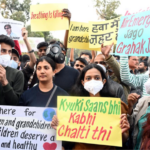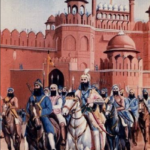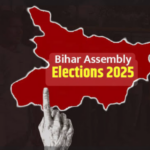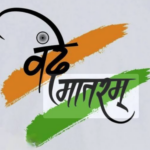Freedom came to India at a price. Some sacrificed their lives for the country while others chose to spend their lives in jail, leaving behind a life of comfort and luxury. The Revolt of 1857 is known as India’s war of Independence against the British which played a major role in shaping the freedom struggle in the country. It started on May 10, 1857.
This independence movement marked the end of rule by the British East India Company which earlier had direct control over India. The revolt completely shook the foundation of company’s rule in India and disclosed their inefficiency and handling the Indian administration.
The regional struggles that flared up across the country in the course of the freedom fight is often not recognized. These unsung heroes, who spearheaded the freedom struggle, deserve an equal amount of respect as their national counterparts.
According to some writers, the 1857 War of Independence was confined to the North. It is absolutely a wrong assumption. Though, it is a fact that the major fights were reported from North and Central India, other parts of the country were also involved in the struggle especially South India.
The involvement of the South in the war of independence has been cited in an article written by Dr. K. Jayaprasad, a professor at Central University of Kerala.
He also mentions the resistance against the British that took place in South India even before 1857.
Though the Bengal Army spearheaded the struggle, it consisted of members from all parts of India. The 21st and 27th infantry Regiments of the Bombay Army joined with the revolutionaries.
In Madras, the army also reacted, but not as in the North. 1044 sepoys of the Madras Army were court-marshalled for being sympathetic to the freedom fighters. Also, minor eruptions took place in various towns of Madras. The 8th cavalry was unhorsed and disarmed when they declared that they would not go forth to fight a war against their countrymen. The Madras Sepoys also supported the movement and would have joined it if they got an opportunity.
The Bedas of Halagali in Karnataka challenged the East India Company’s rule that all Indians should surrender their arms and get licenses to carry them. The British captured 290 Bedas and hanged 19 leaders of the uprising in 1857.
The war of Independence was under the leadership of Baskar Rao Bhave in North Karnataka. Later he was captured by the British and executed in Balgavi on June 12, 1858. In 1857, the representative of Nana Saheb had a secret meeting with Raja Venkatapathy Nayak of Surpur. He was jailed and subsequently killed in 1858.
Mundaragi Bhimaraya is another legendary hero of 1857 war of independence in Karnataka. He was killed by the British on June 1, 1858.
The uprisings in coastal Maharashtra also spread to Mangalore (Dakshina Kannada) and Karwar (Uttara Kannada) regions of Madras Presidency.
Also, Raichur and Koppal districts under the Nizam, Bijapur and Dharwad under Bombay witnessed war of independence against the British in 1857. Coastal Karnataka became a refuge for many revolutionaries from Maharashtra.
It should also be remembered that the British faced a series of resistances from South India before 1857, especially from 1800 to 1850 period. But the British crushed all these with an iron hand.
Puli Thevar, Veerapandian Kattaboman, Palayakkaras, Marudha Pandyan brothers, Pazhassi Raja, Velu Thampi, Venkatagiri Nayak, Rani Chennamagalur etc. were among the prominent figures in anti-British war of independences in South India. All these pre-1857 resistances happened independently and it helped the British to trounce them.
1857 War of Independence – The untold legacy of South India’s participation
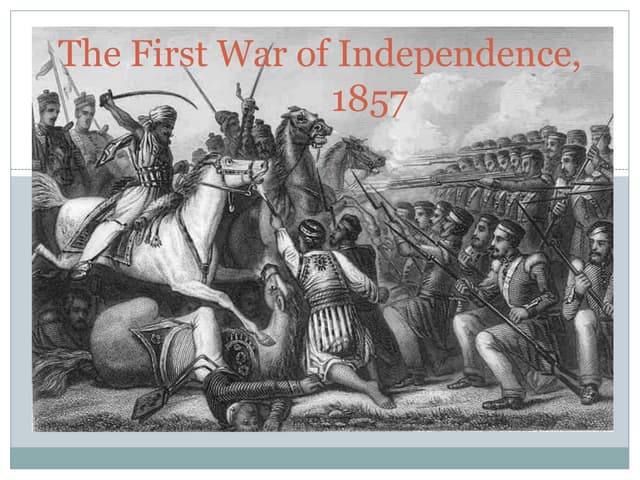
Leave a comment

